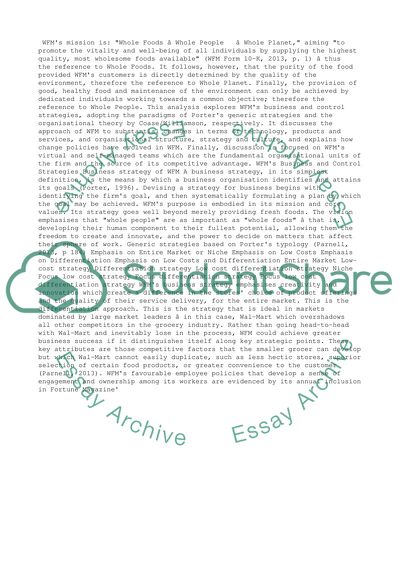Cite this document
(“Whole Foods Market Case Study Example | Topics and Well Written Essays - 2500 words”, n.d.)
Whole Foods Market Case Study Example | Topics and Well Written Essays - 2500 words. Retrieved from https://studentshare.org/management/1493756-whole-foods-market
Whole Foods Market Case Study Example | Topics and Well Written Essays - 2500 words. Retrieved from https://studentshare.org/management/1493756-whole-foods-market
(Whole Foods Market Case Study Example | Topics and Well Written Essays - 2500 Words)
Whole Foods Market Case Study Example | Topics and Well Written Essays - 2500 Words. https://studentshare.org/management/1493756-whole-foods-market.
Whole Foods Market Case Study Example | Topics and Well Written Essays - 2500 Words. https://studentshare.org/management/1493756-whole-foods-market.
“Whole Foods Market Case Study Example | Topics and Well Written Essays - 2500 Words”, n.d. https://studentshare.org/management/1493756-whole-foods-market.


